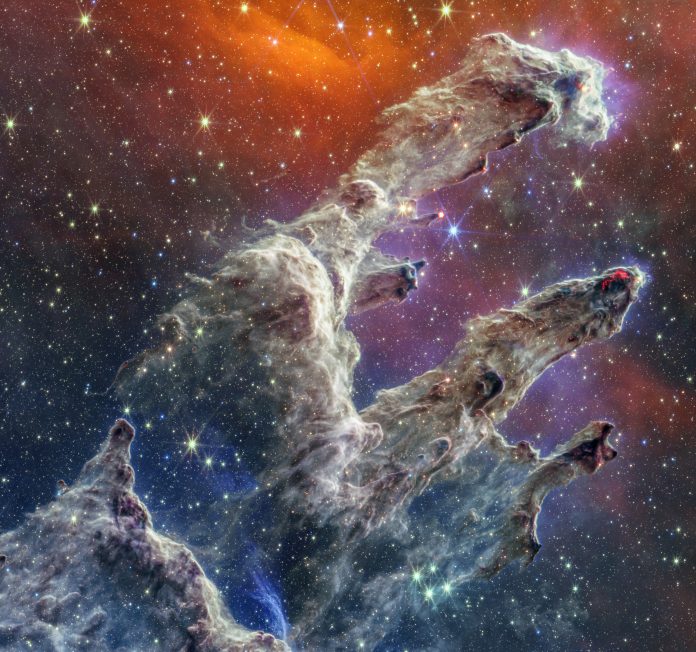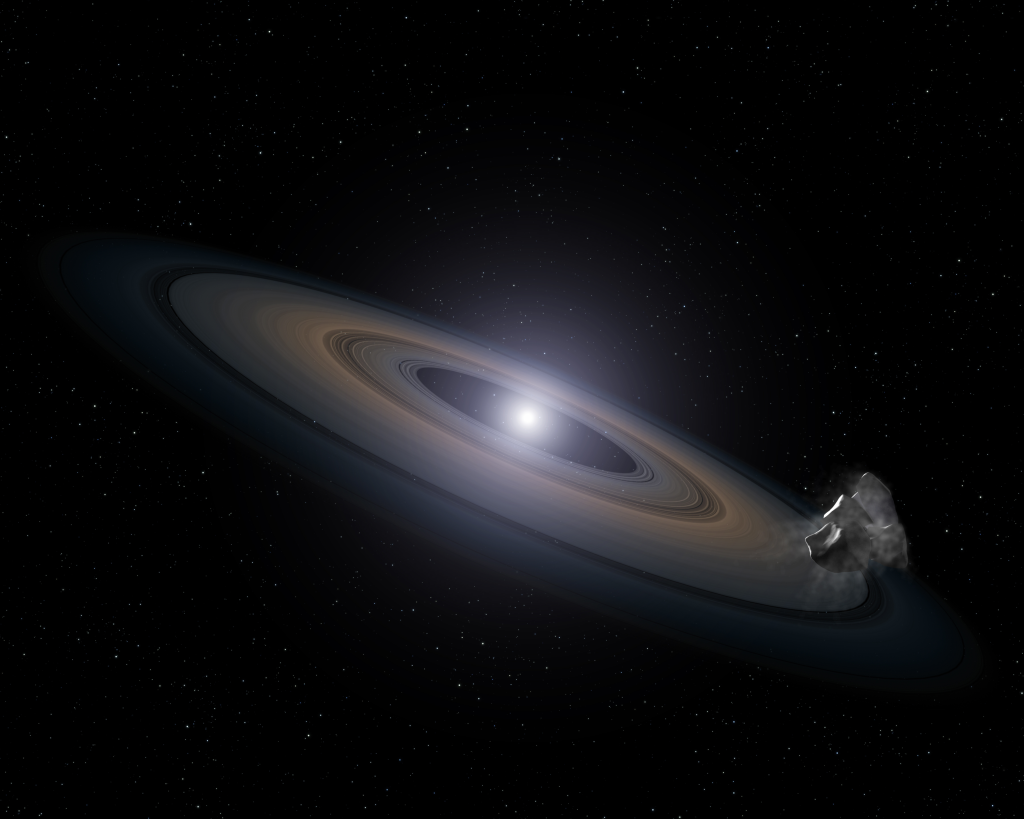
What makes a photograph of the universe unforgettable? Is it the burst of color, the dizziness-causing enormity, or the revelations about the history of the cosmos? For more than three decades, the Hubble Space Telescope and its infrared cousin, the Spitzer Space Telescope, have answered that question repeatedly with work as scientifically valuable as it is breathtaking.
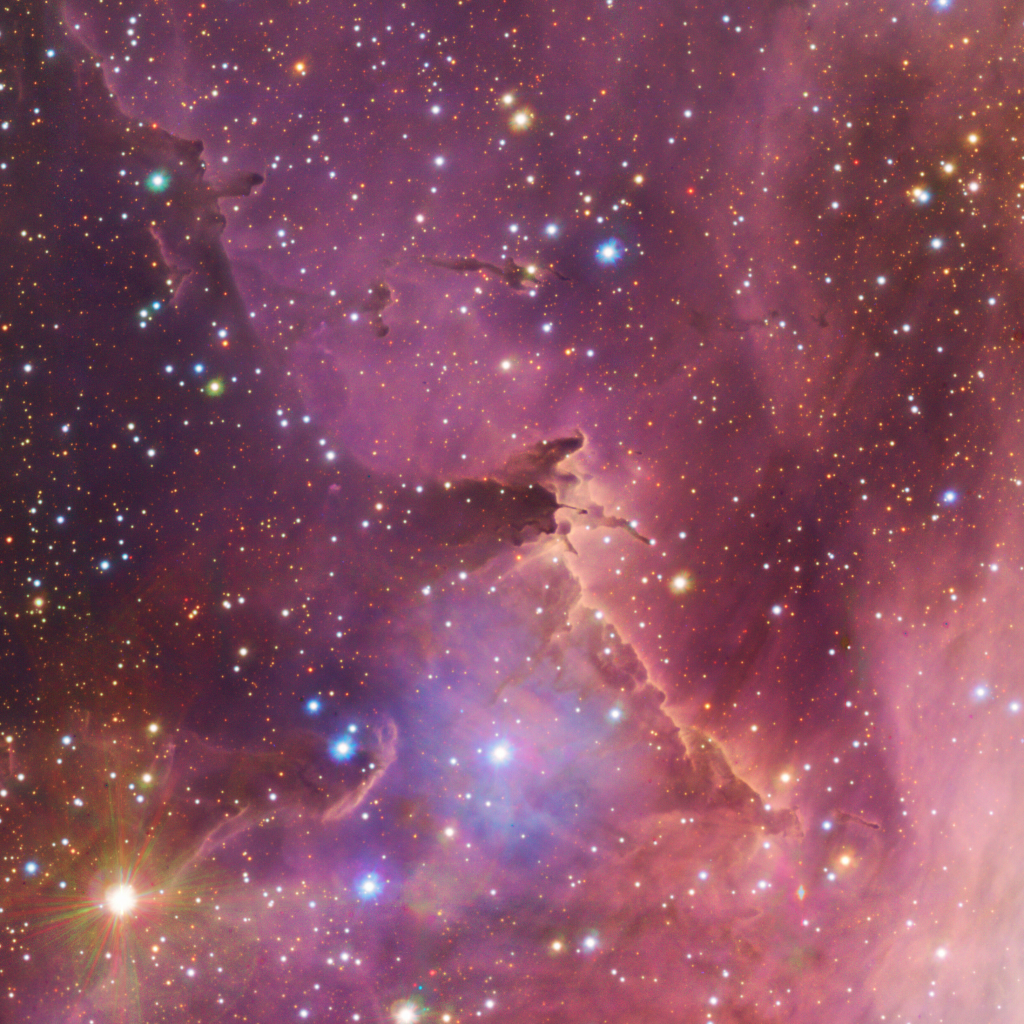
From the earliest galaxies to vast stellar nurseries, these telescopes have pierced the darkness with unprecedented accuracy. Their images are not portraits but datasets, and each pixel contains a secret to the forces at play in the universe. Here are a seven-selections most carefully curated of the most breathtaking shots moments when science and beauty collided in the eye of humanity’s best eyes in space.
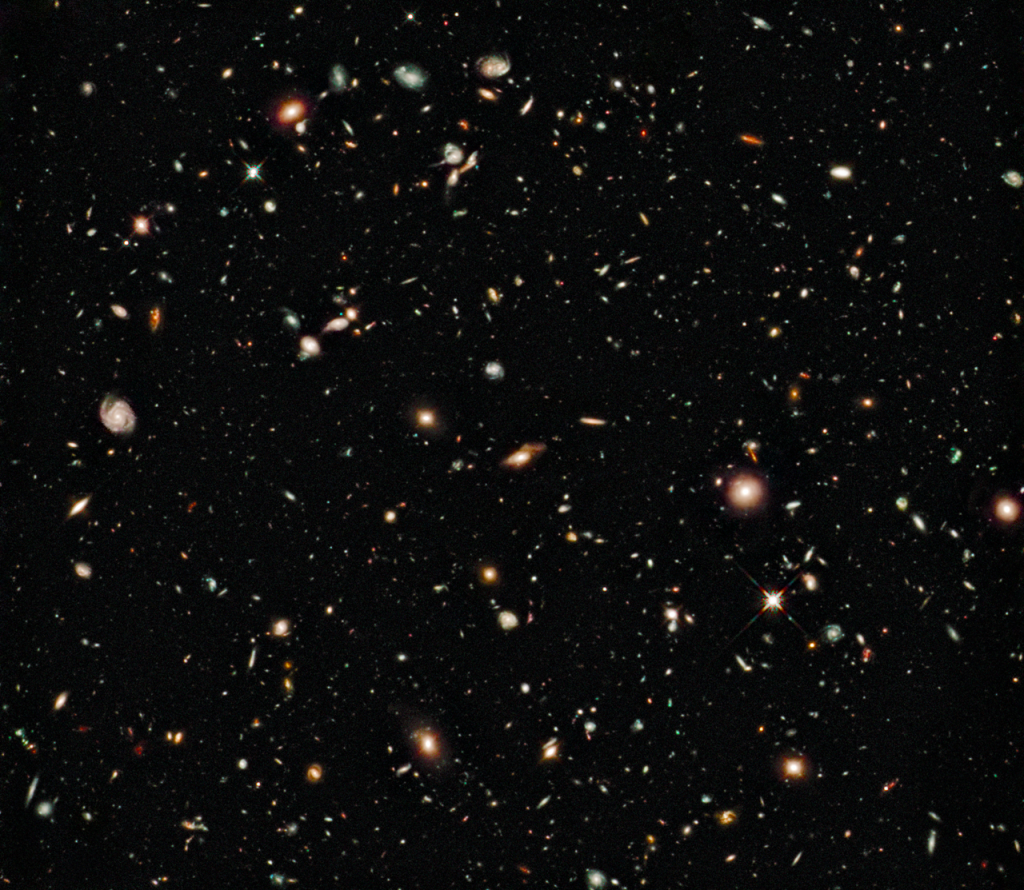
1. Hubble Ultra Deep Field – A Look Back 10 Billion Years
In 2014 the Hubble team published an improved composite of the Hubble Ultra Deep Field, combining data from its Advanced Camera for Surveys and Wide Field Camera 3. This tiny patch of sky smaller than a grain of sand held at arm’s length is packed with some 10,000 galaxies, a few of which are as far away as 10 billion light-years. By collecting light across a variety of wavelengths, astronomers could see galaxies at various points in their evolution and effectively look back in time to the early history of the universe.
The scientific importance of the picture is huge. It has allowed astronomers to chart the development of early irregular galaxies into today’s spirals and ellipticals, and refine models of cosmic structure formation. As Robert Williams, director of the Space Telescope Science Institute at the time, once put it, dedicating time to viewing so “empty” a field was a gamble that produced a universe more rich than expected.
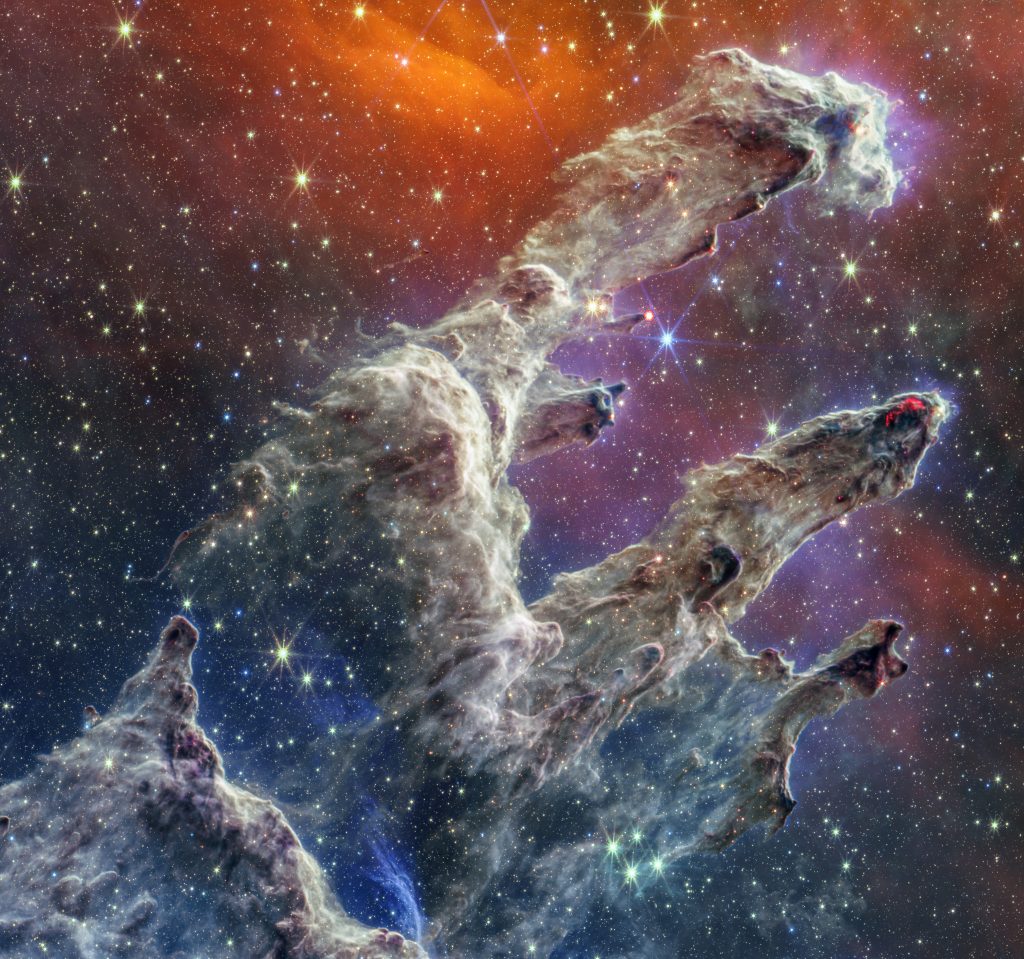
2. Pillars of Creation – Star Formation within the Eagle Nebula
Few astrophotographs have become as culturally embedded as the “Pillars of Creation.” First seen in 1995 and imaged once more in infrared in 2020, these titanic pillars of gas and dust within the Eagle Nebula are active star-forming regions. The structures, each several light-years tall, are sculpted by intense ultraviolet radiation emitted by nearby massive stars.
Infrared radiation has stripped away the dust to reveal newborn stars hidden beneath. The observations have greatly contributed to what is known about how stellar winds and radiation affect future generations of star birth a feedback process at the core of galactic evolution.
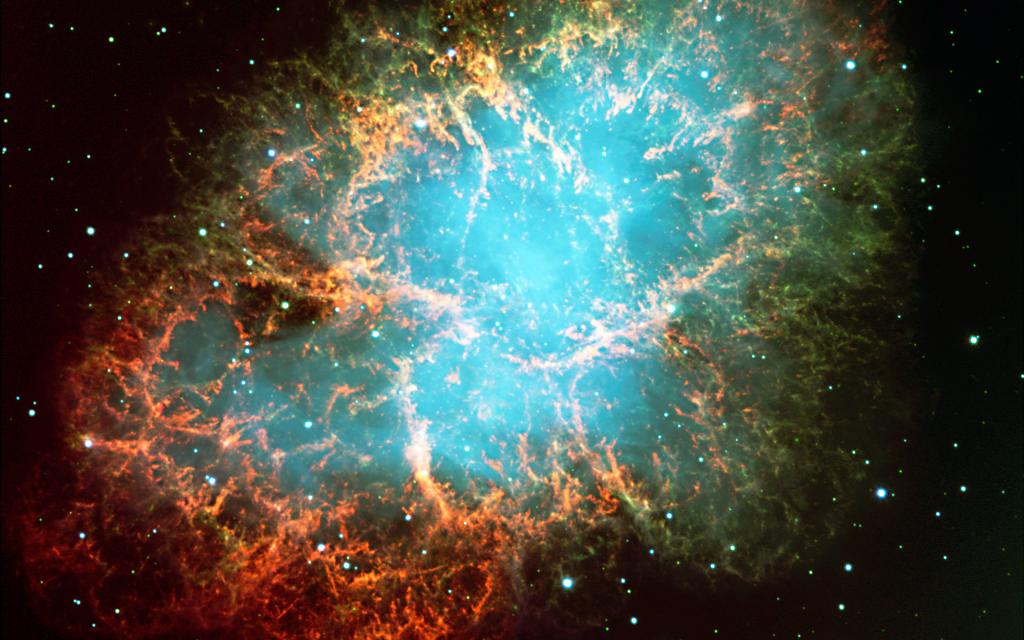
3. Southern Crab Nebula – A Symmetry Born of Stellar Death
Released on Hubble’s 29th birthday in 2019, the Southern Crab Nebula has a towering hourglass structure. This is because a binary star system consisting of one star that has already developed a white dwarf. The two stars’ interaction has ejected shells of gas in an orderly, layered fashion.
Such planetary nebulae are laboratories to study the late stages of evolution for sun-like stars. The intricate morphology of the Southern Crab offers clues about how binary dynamics can shape the gas ejected, creating the morphology and chemical enrichment of the interstellar medium.
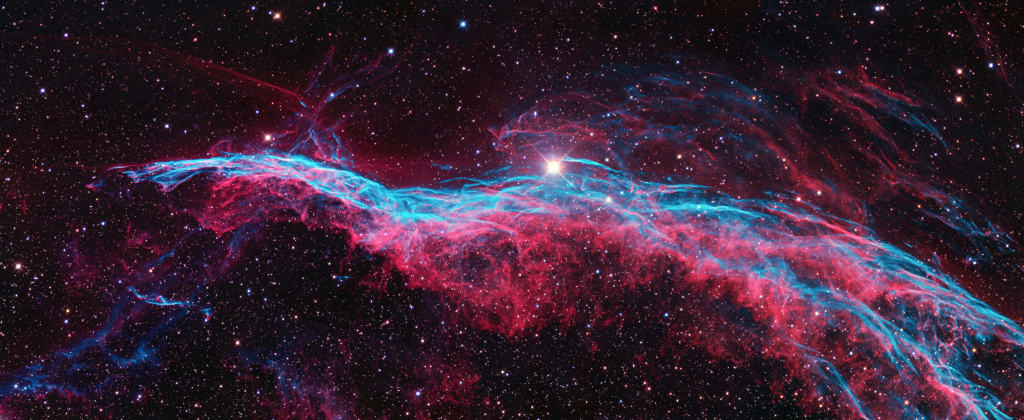
4. Veil Nebula – Ghost of a Supernova
2,100 light-years away in Cygnus is the Veil Nebula, the debris from a massive star that exploded about 8,000 years ago. High-resolution Hubble imaging in 2015 revealed filaments of ionized gas, tracing the shock fronts of the supernova explosion.
At approximately 110 light-years across, it’s one of the brightest X-ray objects in the sky. The Veil’s complex structure gives astrophysicists the tool to study how supernova shock waves move through space, compress and heat up the interstellar medium, and trigger or quell star formation.
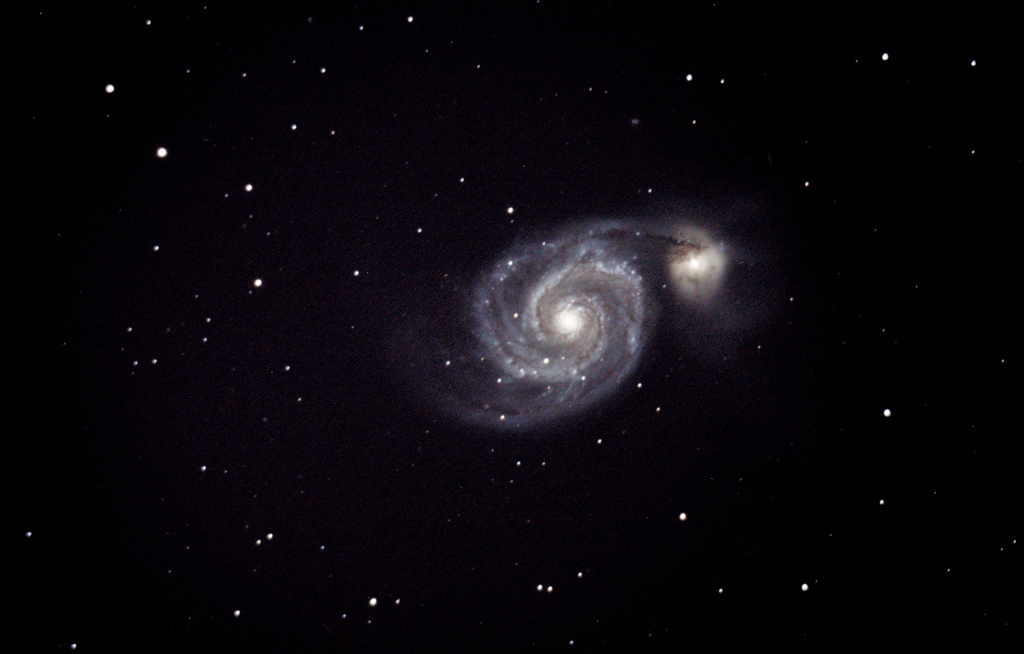
5. Whirlpool Galaxy – A Gravitational Hug
Hubble’s 15th-anniversary image of the Whirlpool Galaxy (NGC 5194) in 2005 captured a grand-design spiral appearing to hug its smaller companion, NGC 5195. While the couple seems to be hugging in a cosmic waltz, the dwarf galaxy indeed is moving behind the Whirlpool from our vantage point.
The caption illustrates tidal interactions distorting galaxy structure, pushing gas to galaxy cores, and inducing bursts of starbursts. Interactions such as these are thought to be a leading force in the evolution of galaxies along cosmic time.
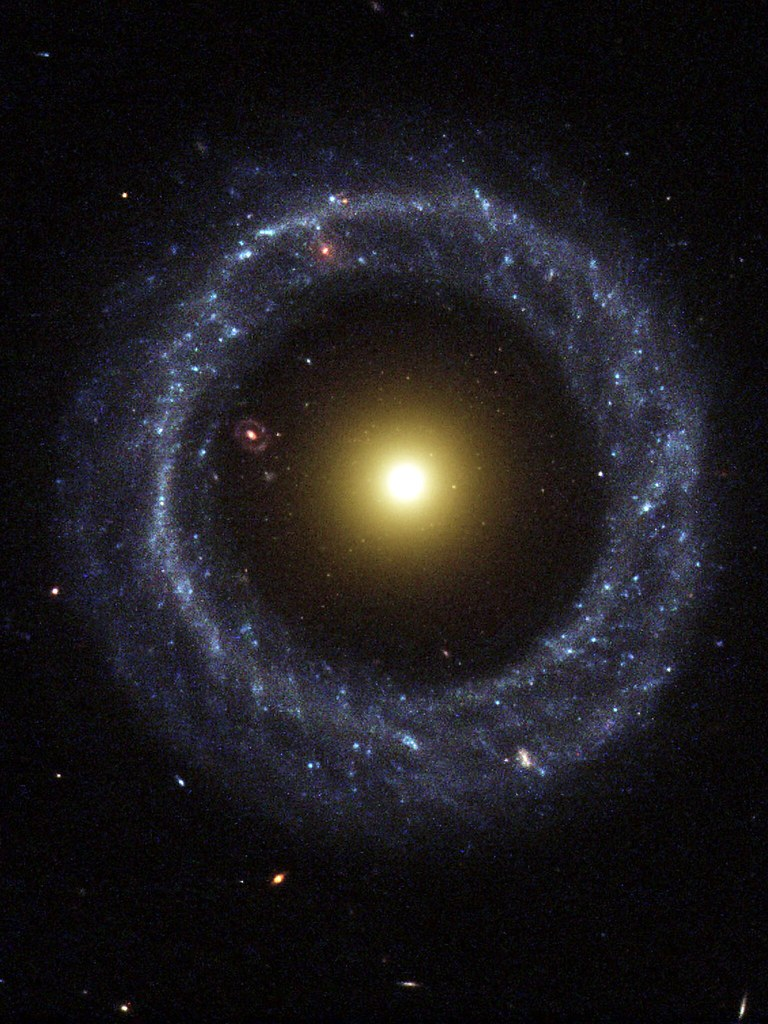
6. Hoag’s Object – A Perfect Cosmic Ring
Hubble photographed Hoag’s Object, a 600-million-light-year-away ring galaxy, in 2019. A ring of blue stars revolves around a tight cluster of reddish, older stars, with a dark region between. Surprisingly, another ring galaxy appears in the background, breaking through the gap.
Why Hoag’s Object is so symmetrical is unknown it may have been caused by a head-on collision with another galaxy or by processes internal to it. Its pristine geometry challenges models of galaxy evolution and presents a dramatic demonstration of nature’s fondness for structure from chaos.
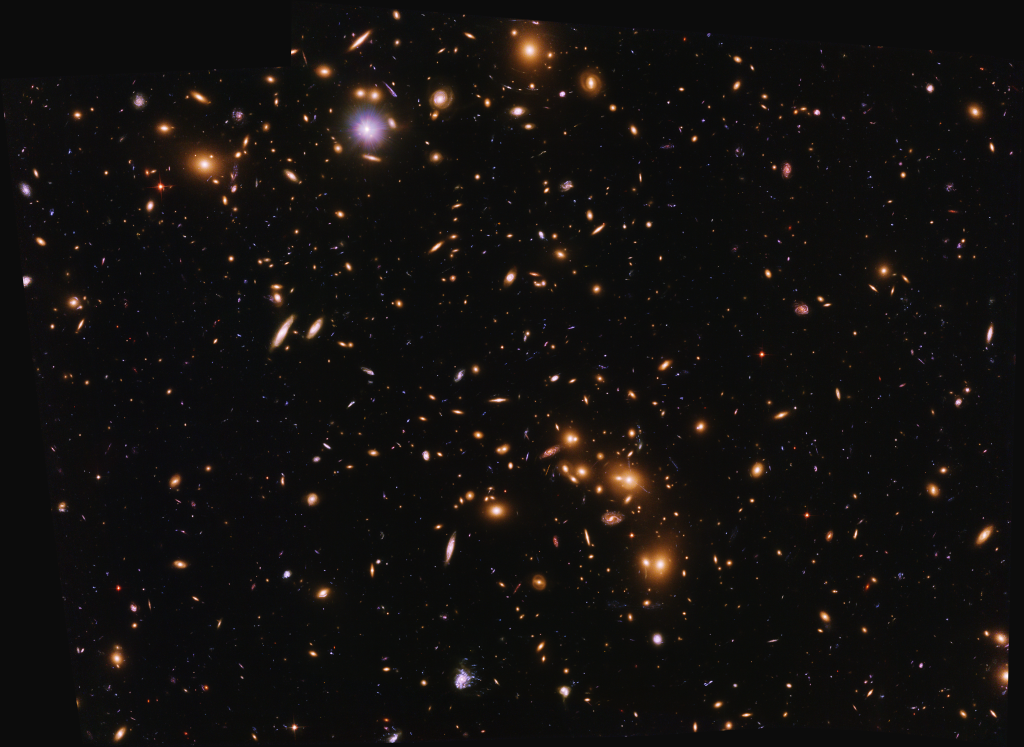
7. Abell 2744 – The Pandora’s Cluster
This record-breaking deep-exposure image of galaxy cluster Abell 2744, or Pandora’s Cluster, is the deepest-ever of its kind. It contrasts visible light with the distorting power of gravitational lensing to reveal some of the universe’s most distant and youngest galaxies.
By mapping how the cluster’s mass distorts background light, astronomers are able to infer the distribution of visible and dark matter. This research is vital to understanding the role dark matter plays in creating cosmic structures on large scales.
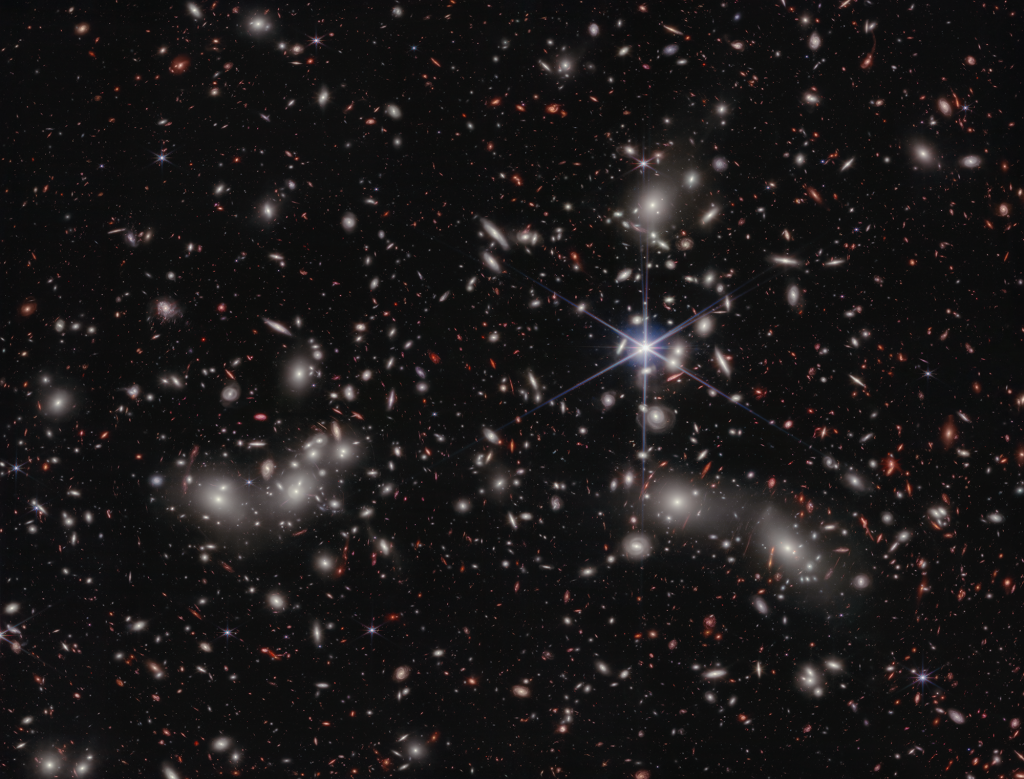
These seven images represent more than pictorial loveliness; they are standards in human attempts to understand the cosmos. They are all a union of science and art, capturing occurrences that reveal star life cycles, galaxy formation, and dark matter’s invisible structure. And as the histories of Hubble and Spitzer continue on with newer telescopes, their greatest photographs remain permanent gates to the cosmos’ innermost mysteries.
